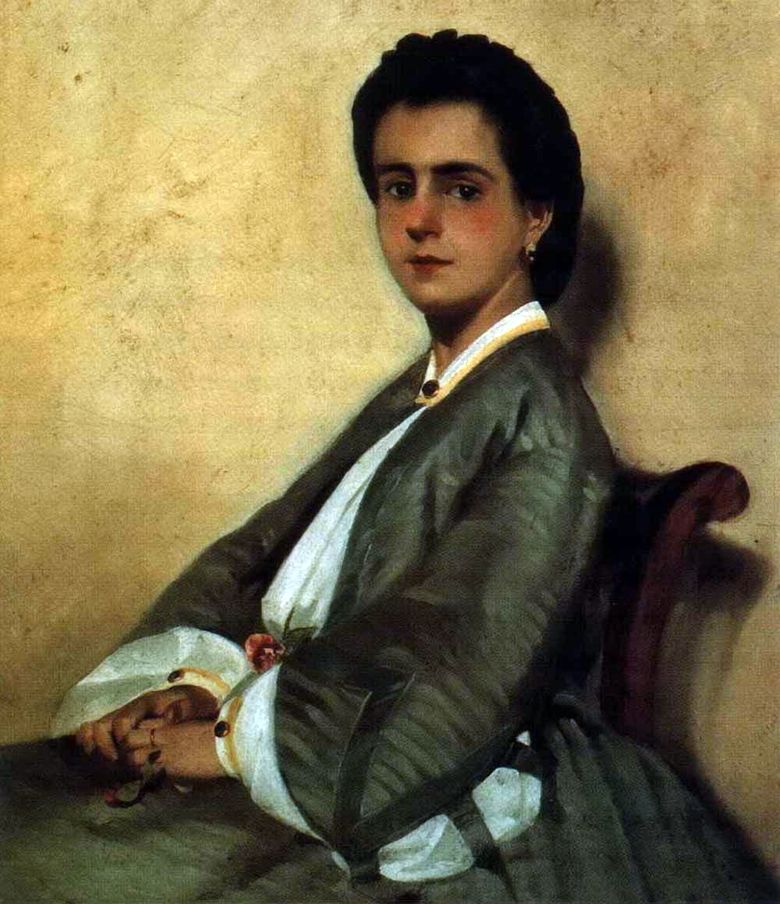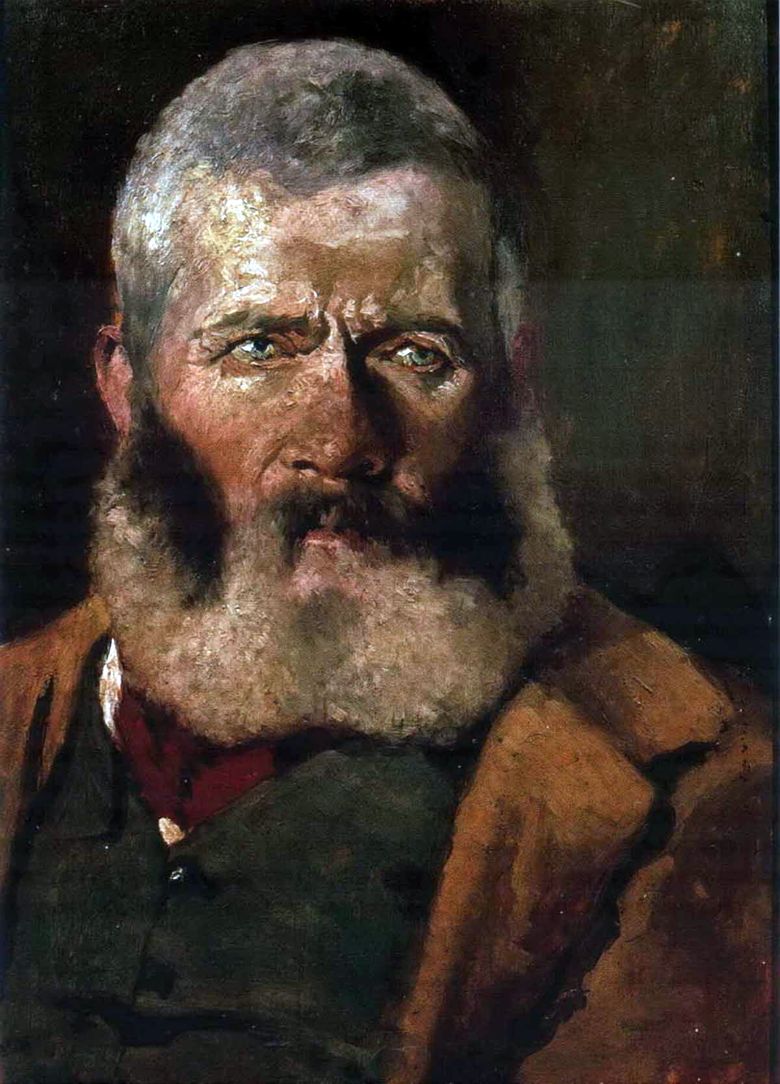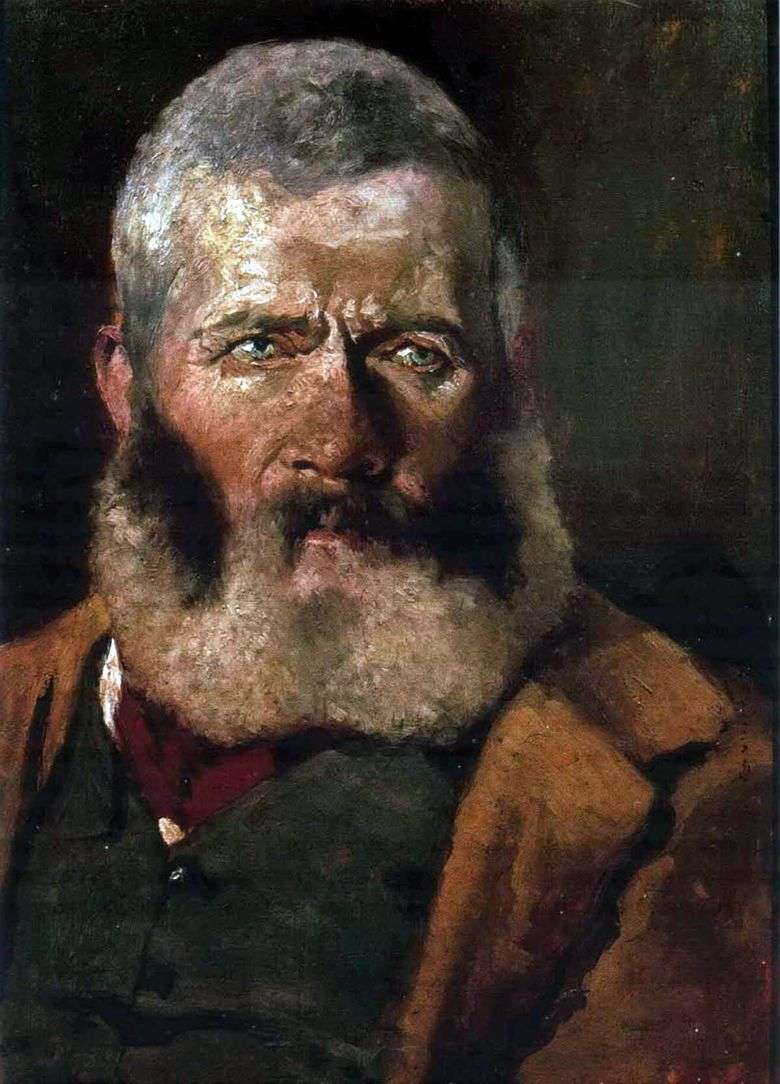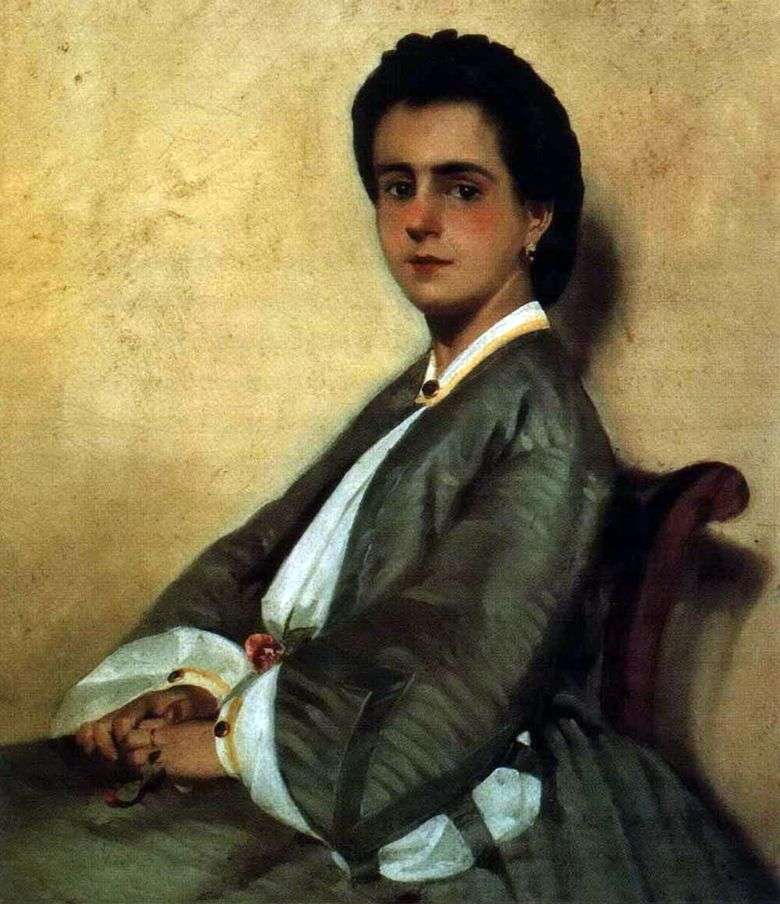
The fact that Giovanni Fattori was one of the most brilliant portraits of the XIX century, in the XX century, somehow forgotten. And now we are rediscovering Fattori’s portraits, then marveling at the depth of his penetration into the psychology of the model, then admiring the strength and softness with which the artist molds her face and figure.
Look at “Portrait of Arjia’s Cousin,” written by the artist in the early 1860s, when he brought his wife, who was consuming consumption, to Livorno. It already contains those notes that determine the sound of mature portraits of Fattori. And in Diego Martelli’s Portrait he enthusiastically strives to create a shaky balance effect, as if suspending his friend’s figure in the space of the picture. In this work, we can quite find the features inherent in the creativity of the post-impressionists.
Again and again Fatthi surprises the viewer with his unconscious innovation, from which he disowned in later years, cursing at what light is his pupils infected with post-impressionism.
 Tabunshchik by Giovanni Fattori
Tabunshchik by Giovanni Fattori Portrait du cousin d’Argia – Giovanni Fattori
Portrait du cousin d’Argia – Giovanni Fattori Herder – Giovanni Fattori
Herder – Giovanni Fattori Portrait of the stepdaughter by Giovanni Fattori
Portrait of the stepdaughter by Giovanni Fattori Tabunshchik – Giovanni Fattori
Tabunshchik – Giovanni Fattori Retrato del primo Argius – Giovanni Fattori
Retrato del primo Argius – Giovanni Fattori Fagot Knots by Giovanni Fattori
Fagot Knots by Giovanni Fattori Storm (South-West wind). by Giovanni Fattori
Storm (South-West wind). by Giovanni Fattori